SILVER-LUG Blog
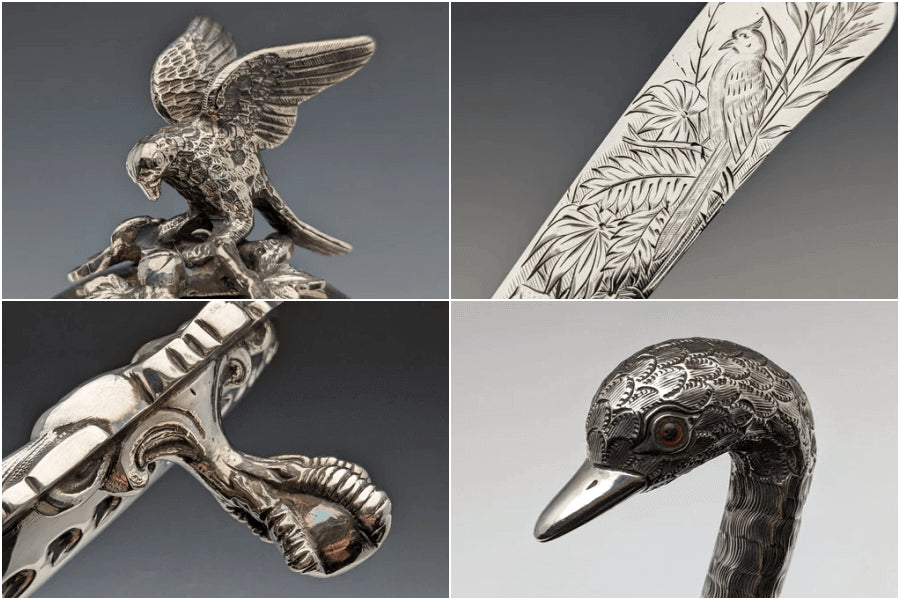
Antique decoration with "bird" motif
Posted by WATANABETAIGA
In particular, many of the European antiques from around 1900 that we carry in our store feature birds as decorative motifs .
Antique decoration with "bird" motif
Posted by WATANABETAIGA
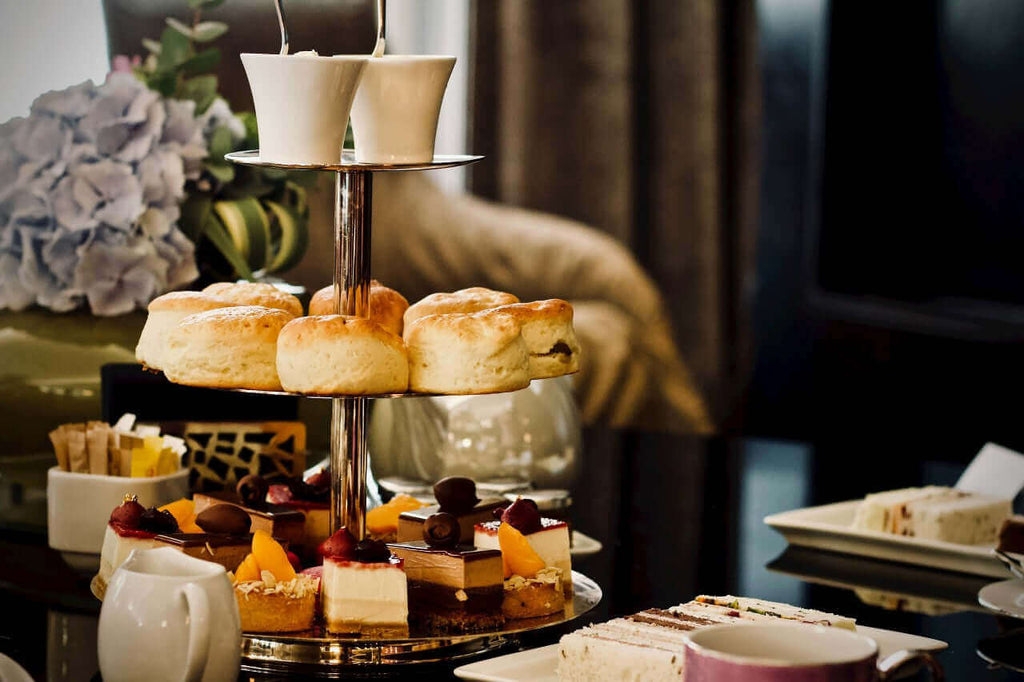
Afternoon tea to enjoy casually
Posted by WATANABETAIGA
The custom of afternoon tea originally spread from upper-class social gatherings during the Victorian era, so it inevitably has an image of being something uplifting.
British afternoon tea began around 1840 when Anna Maria Russell, wife of Francis Russell, 7th Duke of Bedford, treated female guests to tea and sweets while her male guests enjoyed hunting.
Afternoon tea to enjoy casually
Posted by WATANABETAIGA
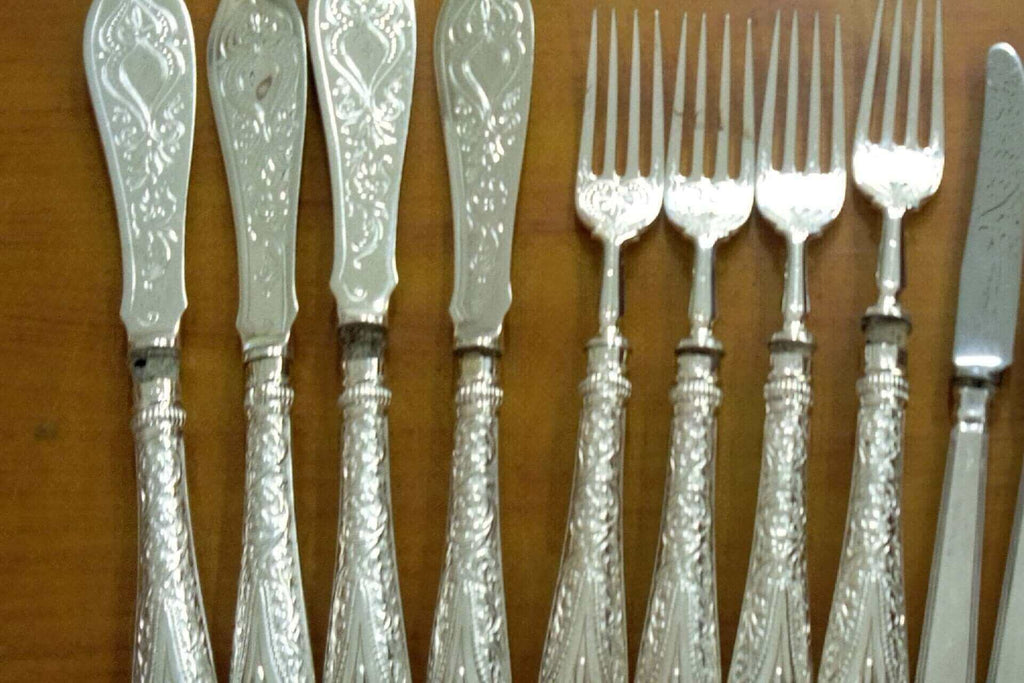
Do not use boiling water to clean cutlery
Posted by WATANABETAIGA
This time, I would like to talk about the precautions to take when caring for antique cutlery (forks, knives, etc.). After using antique cutlery for a meal or other occasion, wash it with a mild detergent and a soft sponge, and then wipe off any moisture thoroughly with a cloth.
When doing so, do not use a dishwasher, dryer, or boiling water.
Do not use boiling water to clean cutlery
Posted by WATANABETAIGA
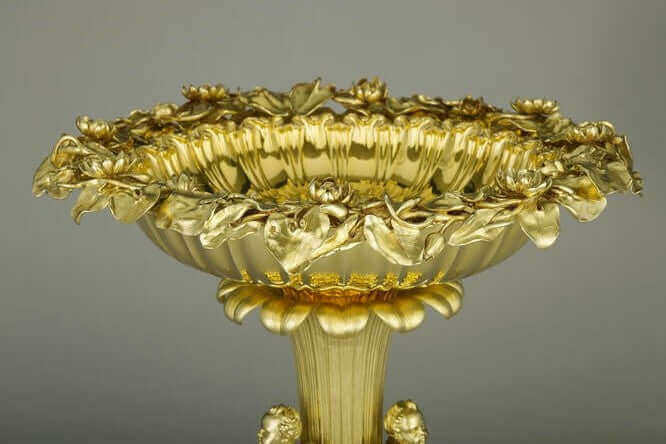
The prestigious silversmith "Bernard Family" continuing since the 18th century
Posted by WATANABETAIGA
Barnard Family, Britain's oldest silver workshop The Barnard family was a British silversmith ...
The prestigious silversmith "Bernard Family" continuing since the 18th century
Posted by WATANABETAIGA
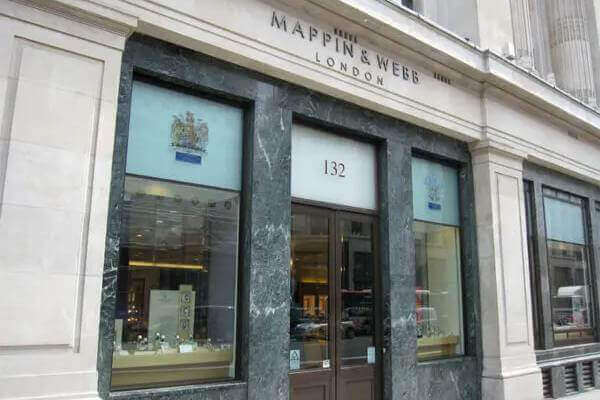
Mappin & Webb, the jeweller to the British Royal Family
Posted by WATANABETAIGA
In 1897, it was certified as a "royal purveyor" by Queen Victoria, and Mappin & Webb's craftsmen are still appointed as crown jewelers (craftsmen who create crowns) for the British royal family.
Mappin & Webb, the jeweller to the British Royal Family
Posted by WATANABETAIGA
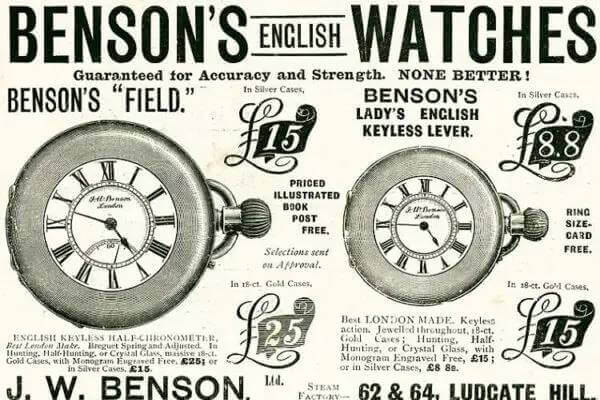
JW Benson, a leading British watchmaker
Posted by WATANABETAIGA
While many British watch manufacturers had small-scale workshops, by the end of the 19th century, large-scale factories were manufacturing a wide range of watches from mid-range to high-end models.
JW Benson, a leading British watchmaker
Posted by WATANABETAIGA
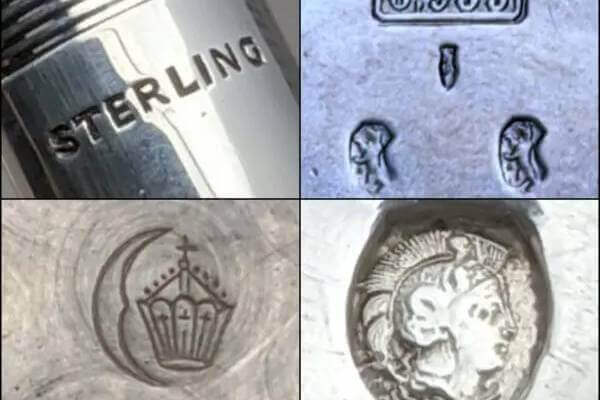
Stamping non-British silverware
Posted by WATANABETAIGA
In a previous article, we covered British silver hallmarks in detail.
Silver products from other countries also have a hallmark system and are stamped.
There are many cases where there are not as many detailed systems and systems as in the UK, but here are some representative ones.
Stamping non-British silverware
Posted by WATANABETAIGA
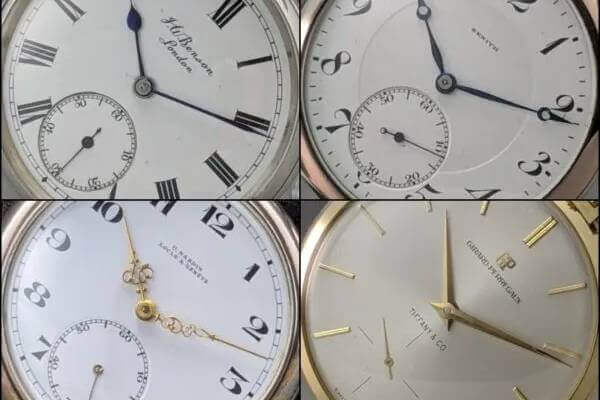
About pocket watch hands
Posted by WATANABETAIGA
In another article, I talked about pocket watch dials, but hands are also a very important part of watch design. Moreover, it is the most visible part of a watch because it cannot tell the time, which is the original role of a watch, unless you look at the hands.
Various designs and ingenuity have been devised in consideration of not only the design but also the ease of viewing the time.
About pocket watch hands
Posted by WATANABETAIGA
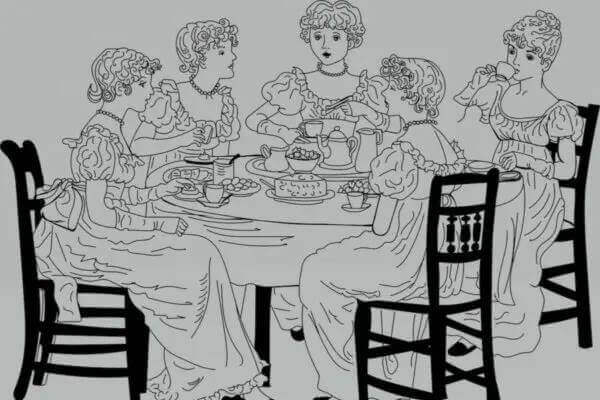
British afternoon tea
Posted by WATANABETAIGA
In Japan, there are drinks called "Gogo-no-Kocha" and chain cafes called "Afternoon Tea" that are popular.
In Britain, which actually leads the world's tea culture, tea is a custom that can be said to be part of life.
British afternoon tea
Posted by WATANABETAIGA
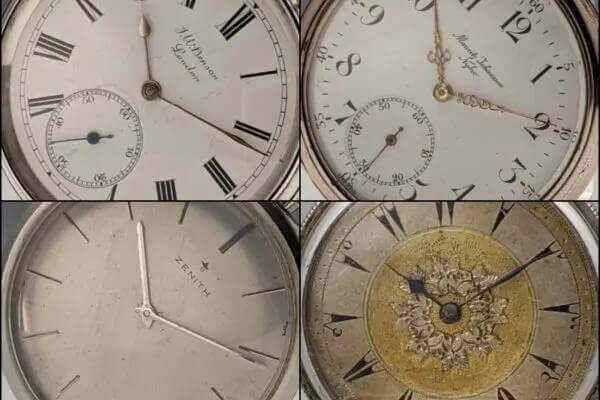
About pocket watch dials
Posted by WATANABETAIGA
The dial of a watch is also called the face. It is an important part that literally becomes the face of the watch.
Here, we will explain the design, material, and decoration of antique pocket watch dials.
About pocket watch dials
Posted by WATANABETAIGA


